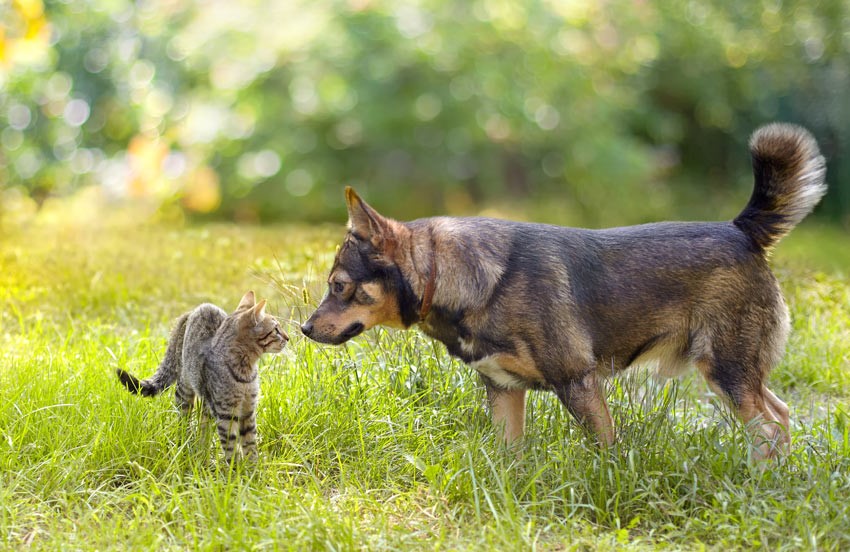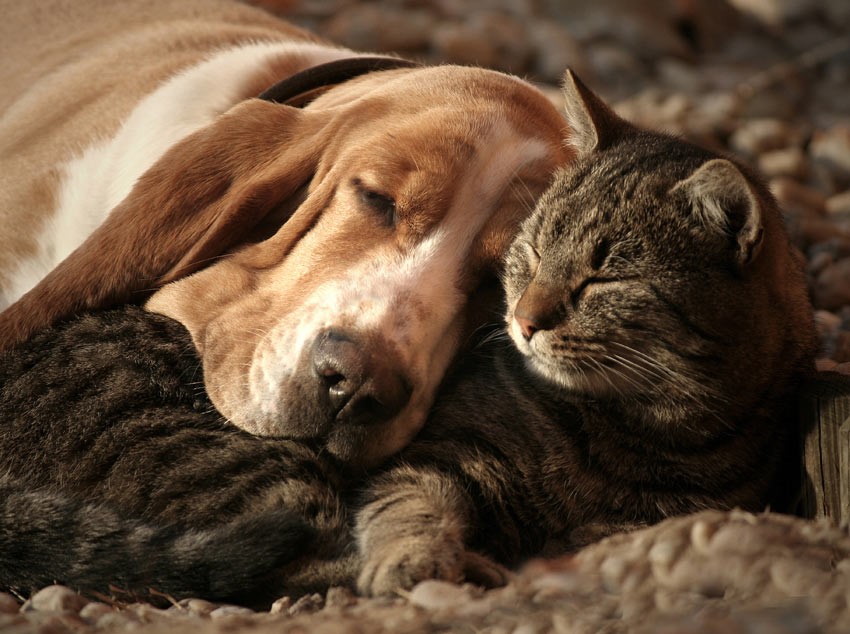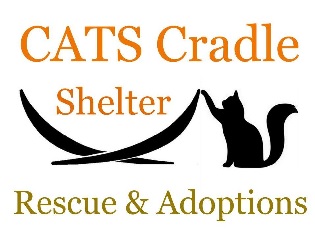Select the title to read the full article.
Many pet owners will be full of stories of how their dogs and cats snuggle up together and even play together. When your cat is settled into her new home you can think about introducing her to your dog. The best way to introduce a dog to a cat is in a calm environment under your supervision.

Does Your Dog Understand Basic Commands?
Before you get your new cat it is crucial that your dog knows some basic commands. If your dog knows the commands for sit/down/stay and is obedient in doing so, then you should be all set. This is important as it means your dog will listen to these commands and know that it isn’t playtime when your new cat is introduced.

First Meetings
- Timing – When bringing home a new cat don’t rush into any introductions with the household pets. Your house is a new and possibly scary environment for your cat and it is important to give him/her time to get used to the new smells and surroundings. This may take anything from a couple of days to a week or more. Taking these steps will help your cat settle and reduce stress. One way you can help your pets get used to each other’s smell is by swapping their bedding before they mt.
- Setting – When you decide that your pets are ready to meet ensure the house is quiet and avoid having unfamiliar guests or small children around. This will keep the meeting as calm as possible and help your dog stay focused on your commands. It is also a good idea to take your dog for a long walk prior to meeting, so that he/she is less likely to be excitable.
- Use A Lead – For the very first meetings it is a good idea to put a lead on your dog and have him/her sit and stay before introducing the cat to the room. This will help your dog understand that your cat does not equal playtime.
- Escape Route – Provide an escape route for your cat (this can be high up furniture, a window, cat flap etc.). This is so if your cat does feel threatened she can leave the situation without feeling trapped.
- Positive Reinforcement – Have dog treats on hand to reward your dog for good behaviour and obedience. It is important not to punish your dog as this may make your dog associate your cat with a negative outcome. For bad behaviour give a firm no and go back to sit/down/stay commands.
- Repeat As Necessary – For some cats and dogs the introductions will go very smoothly and it may only take a couple of introductions before you feel happy but for others it may take multiple introductions per day over a few weeks. After your dog remains calm with his/her lead on, you can remove the lead, but always provide an escape route for your cat should things escalate. The most important thing here is not to rush through the introductions, some dogs may need much longer before you feel happy that they can be trusted with a cat.

Things To Expect
- Play – Some dogs will see a cat like they see a dog and wish to play with it. This is not ideal as it will most likely be interpreted as aggression by the cat and is possible to cause one or both animals some distress or harm.
- Predatory Instincts – Some breeds of dog have very high predatory instincts and will act aggressively i.e. stalking/staring towards a cat. This is where repeat as necessary and positive reinforcement are very important in order to break this behaviour. Sometimes this instinct will be very difficult to break and you may never be able to leave your pets together unsupervised.
- Avoidance – Sometimes your pets will outright avoid each other. Although not a bad thing, this may mean that if forced to stay in the same room (overnight for example) your cat may become distressed.
- A Warning For Kittens – A dog can very easily kill a cat and this is even truer for kittens. It may be best to wait until your kitten has grown up before making any introductions. This is especially important if your dog is quite lively and playful.
Source: Omlet.co.uk

